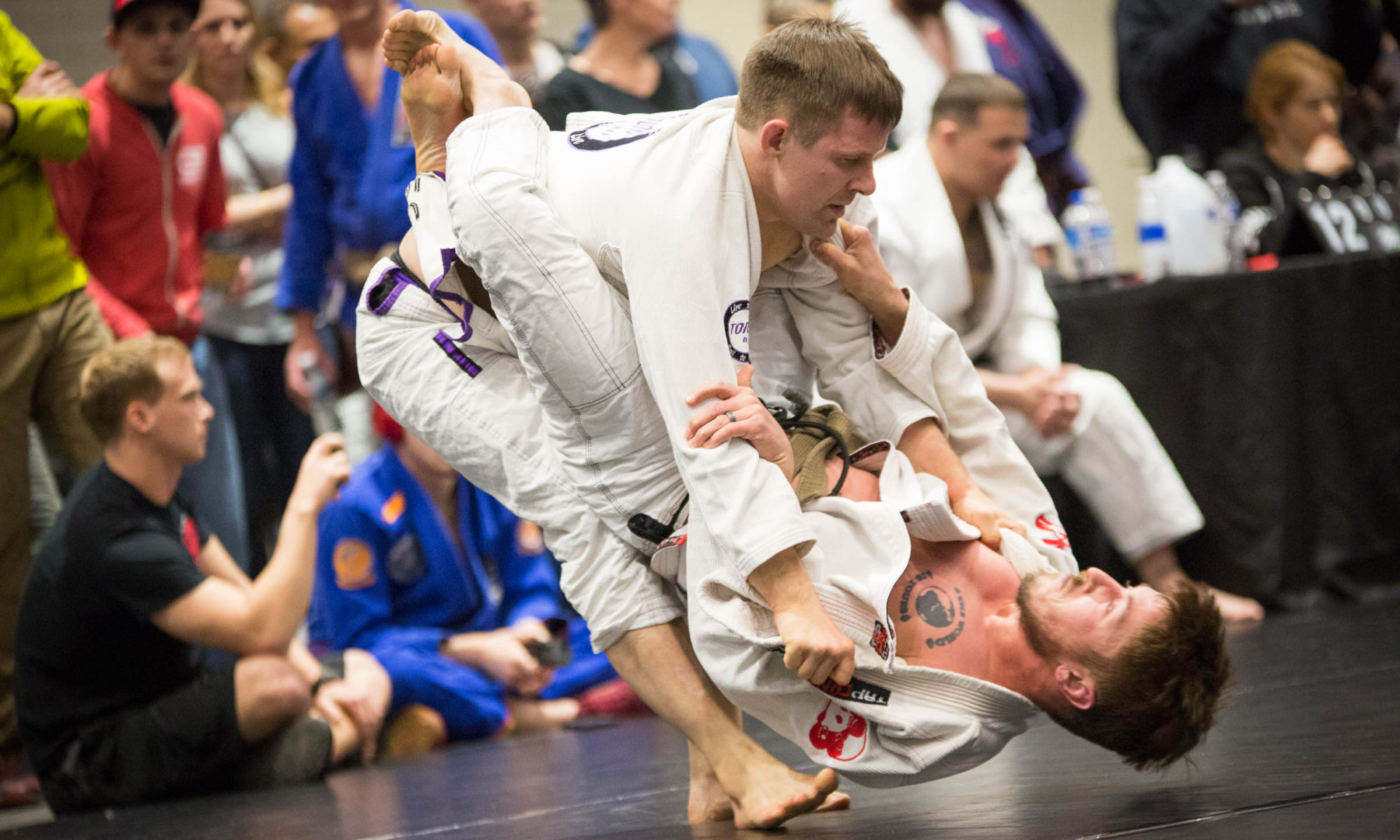You might remember the guest post we ran from “Professor X,” a jiujitsu school owner who has been in business fewer than 5 years. The Large Professor (Google it, kids) opened the books to us and made some candid observations about the business side of jiu-jitsu. Best of all, Professor X offered to answer any questions you might have had — and boy, did you send some in! Here’s our first edition of Ask Professor X. Got more questions? Post ’em in the comments.
How many hours a month are you working for this “profit”?
Well, it depends on how you define work. In any small business this gets hazy really quickly. At the most I spend 14 hours a week teaching. However, the Academy typically opens a minimum of 1 hour before classes, and it is rare the doors are closed until at least 45 minutes post-class. The other business responsibilities take up 20-40 hours on a given week, but that all depends on needs of the business and motivation at the time. It is very fluid. My return on investment (ROI) on my time compared to many other jobs I’ve held is pretty low, but I wouldn’t trade it.
Is the salary paid to the owner, or to other instructors?
Salary goes to the coaches. Any classes I teach are “Free” and get rolled into the end of month profits.
Are you paying yourself, or do you have a day job in order to make this work?
100% of the profit goes straight through to me as the owner to offset personal expenses. I held down a day job during the early days of the academy, and it would not have been feasible otherwise.
Also, what do the affiliation fees get for the gym owner?
Affiliation fees get something for gym owners?!?!?! Ahhhh Chrissy Linzy, you delightful pot-stirrer you. Affiliation fees are one of the great scams that exist. This probably deserves a post on its own, but affiliations vary in how stringently they make you conform and what they offer. Mine seems to be a loyalty tax I pay monthly.
Why is there a cost of goods sold but there is no offsetting income? Unless you get free equipment with a membership signup?
Exactly! I’m sure this post drove accountants nuts, as there are a ton of accounting “errors.” I keep the books in a way that allows me to best understand and track what is going on in the business. There are items that are included with enrollment and those costs are noted. For all other gear I track that in a separate category. In theory I should be making profit on gear sales but it generally seems to be a break-even enterprise that allows for some branding and member retention.
What would you do differently?
The biggest piece of advice I would give people is to start with a sub-leased space. Start with a $2000 investment up-front in some mats to lay down in a community space. Then around $400/month to start sub-leasing on another school’s mats. That makes the break-even really easy. You can charge low, build your team, and then when you get your space you can be profitable from day 1. Just make sure to have easy outs and then you can be profitable.
Unless you are independently wealthy, have a investor to back you that considers the money a sunk cost, or you have the resume to fill your school early on (see Mendes Bros, Bernardo Faria, JT Torres). Then it is better to have your bases covered. More importantly, high level practitioners can make good $ on seminars, instructionals, and cash prizes competing. If the school is your only form of revenue, then the lower risk gives more options. Also, start with only 2 classes/week. In your mind you think, ‘I want to train everyday, all my students will want the same’ and then all your classes are empty at first. Build class size before expanding options.
What is the benefit /drawback of keeping a day job at first?
It all comes back to flexibility/time/resources. Having a day job removes the pressure for early success, and gives you more resources to invest in the business. If you need to make $40K/year to survive then you will be hard pressed to do that in year 1. Much easier to keep the bar low (i.e. my worst case scenario is no one shows up and I have a $5000 sunk cost on the sub-lease). That way, anything else is a plus and you can grow your school-running skill set. More likely you will be be profitable on the sublease arrangement, and then you have real actual numbers to deal with of monthly gross income and number of current students to think about for the next space.


One Reply to “Ask Professor X: Financial Realities of a Jiujitsu School”
Comments are closed.